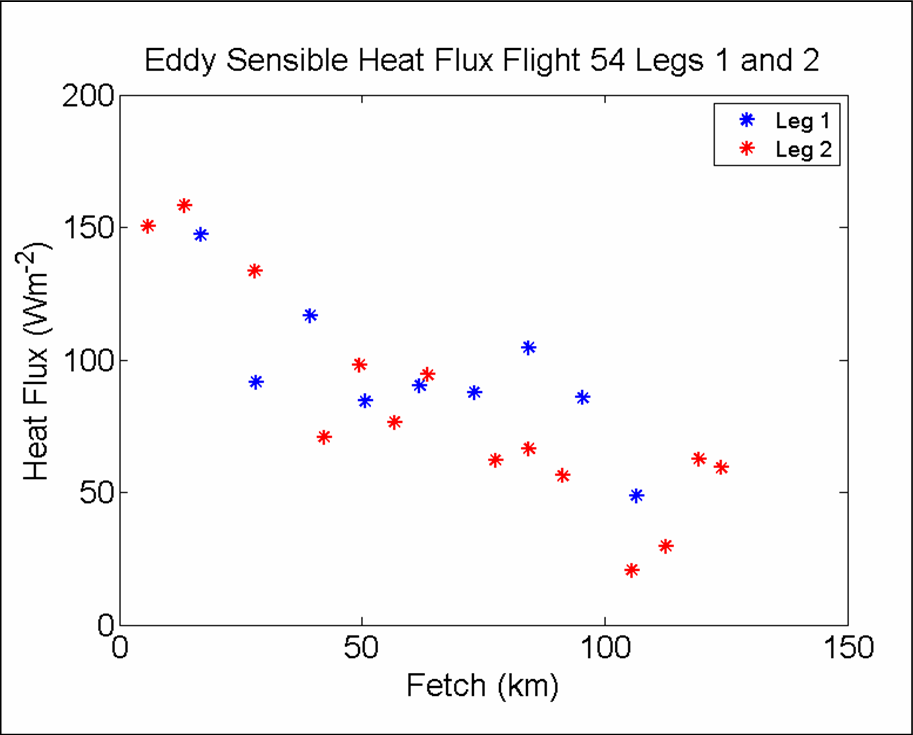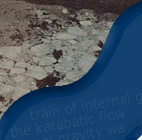

 |
||||||
Polynyas and air-sea-ice interaction |
|
|
I am interested in atmosphere-ocean interactions and feedbacks in the polar regions; for example in the marginal-ice-zone and in polynyas and leads. Polynyas are areas of persistent open water within the sea ice pack, caused by systematic wind stress or oceanic warming. Leads are linear cracks in the sea ice pack, caused by wind stress or tidal divergence. The air-sea-ice interactions that occur in the MIZ, over the continental shelves, are important for modifying the properties of the ocean, and thus are a key component of the ocean's thermohaline circulation. For a more detailed overview please see my article for the Encyclopedia of the Antarctic, published by Routledge. In the following movies, one can see the opening of a coastal polynya along the Ronne Ice Shelf due to strong offshore winds, due to a deepening low pressure system, blowing the sea ice pack offshore. Try the AVHRR, the specially enhanced passive microwave PSSM images, and the mean sea level pressure analyses movies. Longer PSSM movies of July 1998 and the anomalous break out of sea ice in November and December 1997 are also interesting.
|
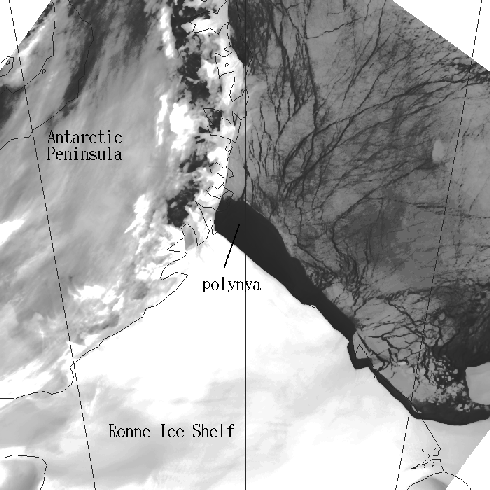 |
| For more stunning satellite images of cloud streets over polynyas off icebergs breaking off the Ross Ice Shelf, see our short piece for Weather here. | |
| In collaboration with John King I devised a simple convective internal boundary layer model for flow over a polynya (Renfrew and King 2000). A few sample results are available here. We used this model, and several other physically-based simple models to calculate the surface energy balance of coastal polynyas that formed off the Ronne Ice Shelf, in the southern Weddell Sea (Renfrew, King and Markus, 2002). | |
Emma Fiedler, during her PhD, took part and then analysed some aircraft flights from 2007 (using BAS's instrumented twin otter - MASIN) over the Ronne Polynya, and was able to map out the boundary-layer structure and calculate direct eddy covariance heat fluxes (see below) & exchange coefficients during thin-ice conditions. The aircraft observations are described in detail in Fiedler, Lachlan-Cope, Renfrew and King (2010), where the results are also used to test and explore the validity of the Renfrew and King (2000) CIBL model. Emma's PhD thesis is available here and the flux data set is now available here. To the right are photos taken from a flight from 2007, the top one is close to the ice shelf showing newly formed frazil ice. The bottom image is further off shore and shows more consolidated but still thin sea ice, perforated with holes. Boundary-layer observations from this day can be found in the above paper, e.g. sensible heat flux below.
|
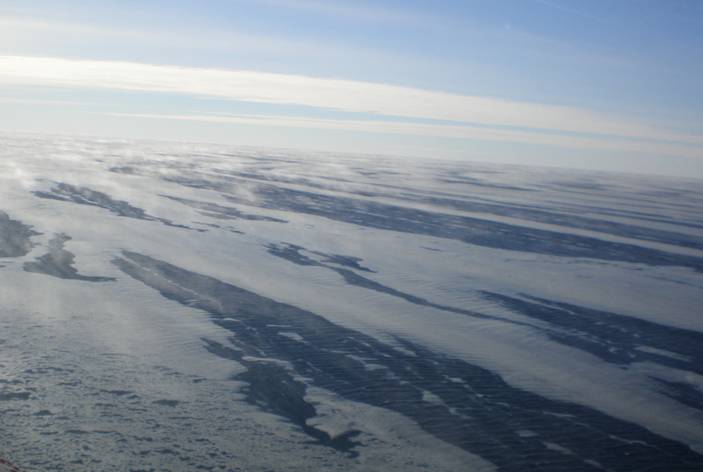 |
|
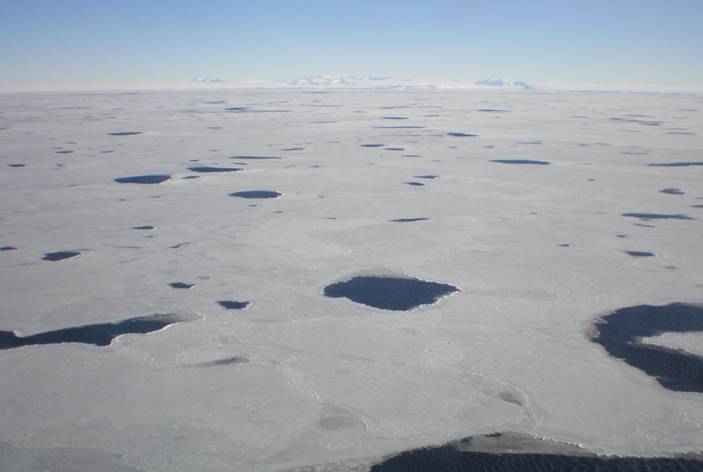 |
